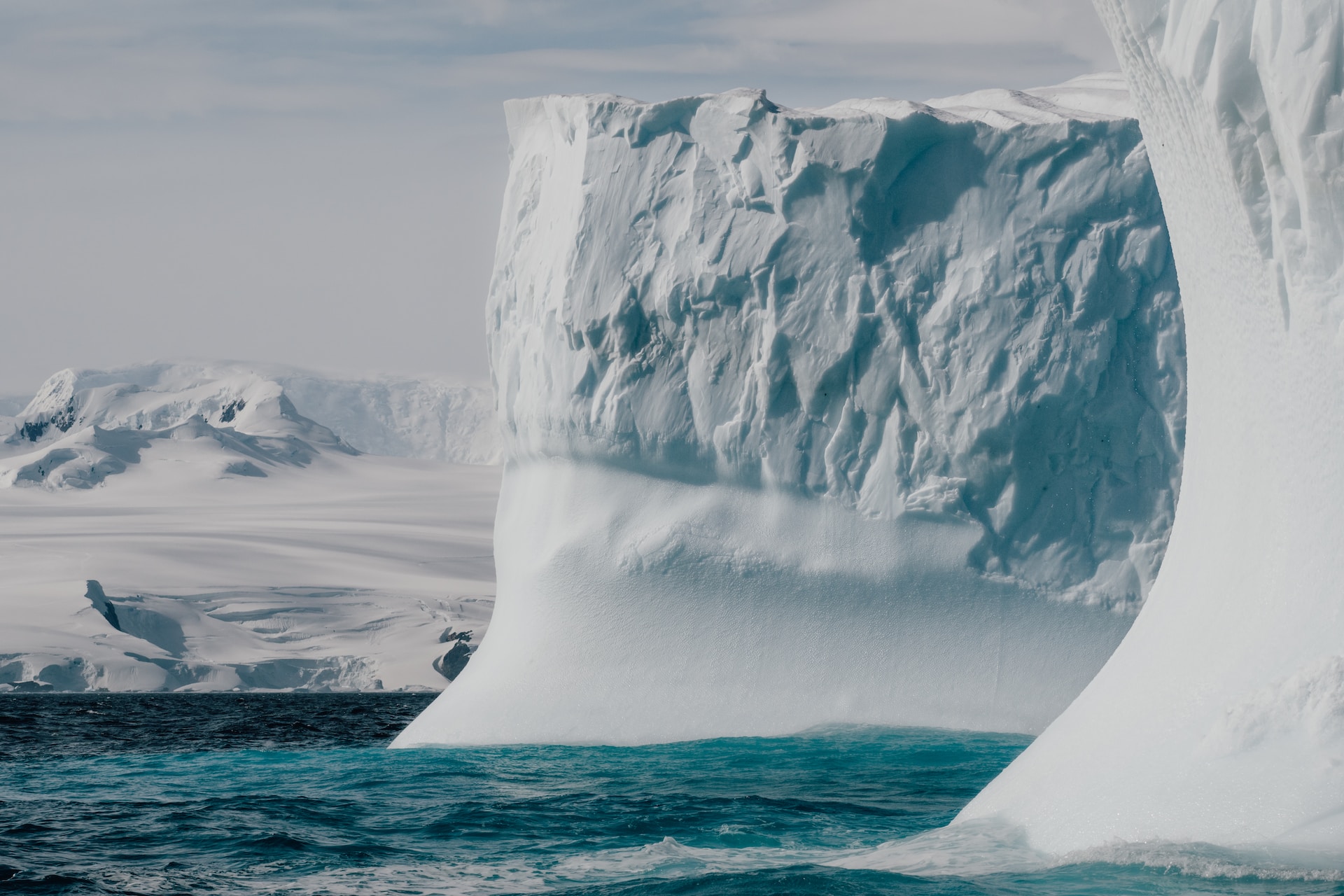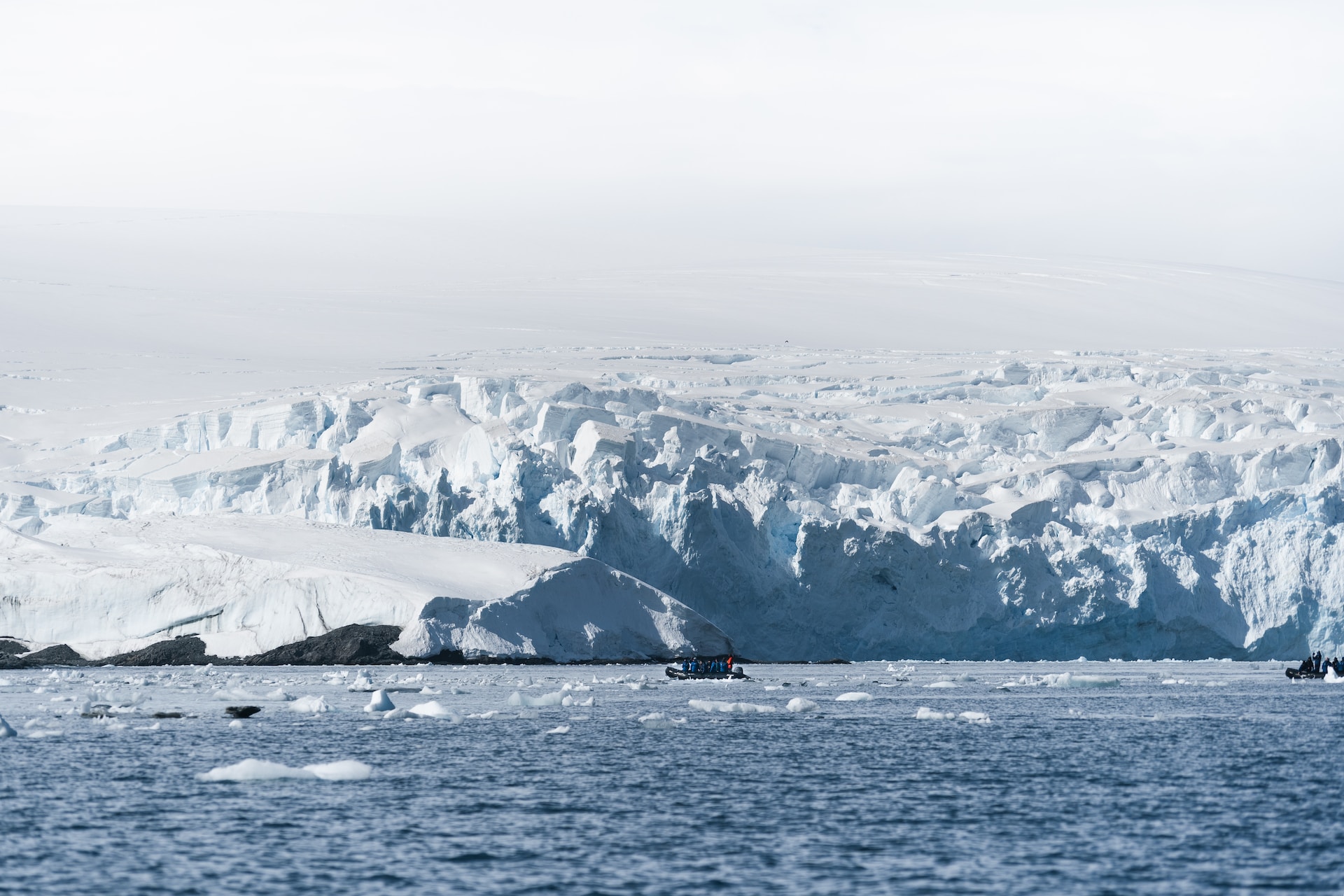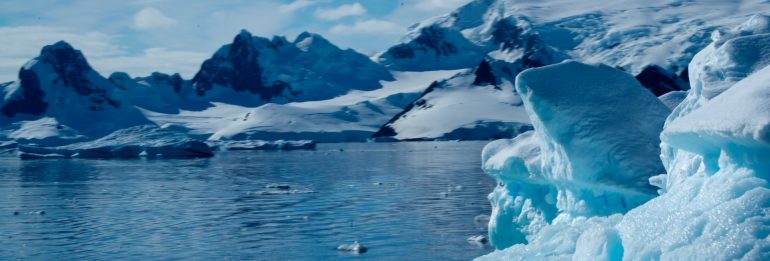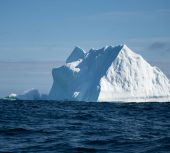In a foreboding revelation, scientists have indicated that significant melting in West Antarctica, encompassing the notorious "Doomsday Glacier", may be an inescapable reality due to rapidly warming oceans. This chilling prognosis emerges in the face of a series of unsettling events in the region this year.
A Series of Unfortunate Events
Antarctica has been showcasing ominous signs of climate-induced disruptions. February saw the continent's sea ice reach an unprecedented low, while in October, the ozone hole enlarged to become one of the most significant on record. These anomalies offer a glimpse into the profound shifts undergoing in the icy wilderness.
The Verdict from Research
A study recently published in Nature Climate Change underscores the gravity of the situation. By delving deep into models and simulations, the research has brought to light some unsettling predictions about the fate of West Antarctica.
Kaitlin Naughten, a specialist at the British Antarctic Survey, elucidated, "Our simulations suggest we are now committed to a rapid increase in the rate of ocean warming and ice shelf melting for the rest of the century." This sentiment reinforces the notion that the damage might already be beyond containment.

The findings further illustrate that, even under the most optimistic scenarios of greenhouse gas emission controls, the oceans surrounding West Antarctica could witness warming at thrice the historical rate. Alarmingly, these observations hold true even if the stringent targets of the Paris Climate Agreement, aiming to limit global warming to 1.6°C since the Industrial Revolution, are achieved.
The Dreaded 'Doomsday Glacier'
Central to the concerns surrounding West Antarctica is the Thwaites Glacier, colloquially termed the 'Doomsday Glacier'. This glacier, spanning an area equivalent to Florida, stands as one of the primary contributors to rising sea levels from Antarctica. The magnitude of its potential impact cannot be understated – its complete melting could elevate global sea levels by approximately 10 feet.
While this research refrained from drawing direct correlations between the projected West Antarctic melting and resultant sea-level rise, Naughten elucidated, "we have every reason to suspect" a rise in sea levels due to the influx of meltwater into the oceans.
Stability on Thin Ice
Ice shelves, including the Thwaites and Pine Island glaciers, perform the vital role of acting as barriers, slowing down the flow of glaciers into the sea. Their deterioration could have cataclysmic repercussions. As Naughten somberly remarked, "It appears that we may have lost control of the West Antarctic ice shelf melting over the 21st century."

The primary driver behind West Antarctica's ice loss is its intricate interaction with the Southern Ocean, notably the Amundsen Sea. Satellite imagery from February has provided further insights, showcasing the alarming rate at which the Thwaites Glacier is destabilizing.
A Ray of Hope?
While the situation in West Antarctica seems bleak, there's a glimmer of hope for other regions. Mitigation efforts can potentially stave off the direst of outcomes in these areas. Additionally, the complete response of the ice sheet to climate changes might span centuries or even millennia.
In Conclusion
The revelations surrounding West Antarctica serve as a stark reminder of our planet's fragile balance. As the 'Doomsday Glacier' teeters on the brink, it underscores the urgency for global collective action. It is a wake-up call for humanity to re-evaluate its trajectory and strive for a sustainable coexistence with nature.
©GlobalCO2.uk





